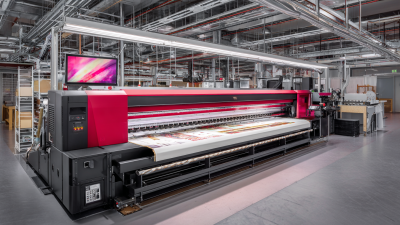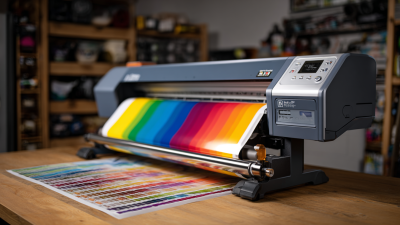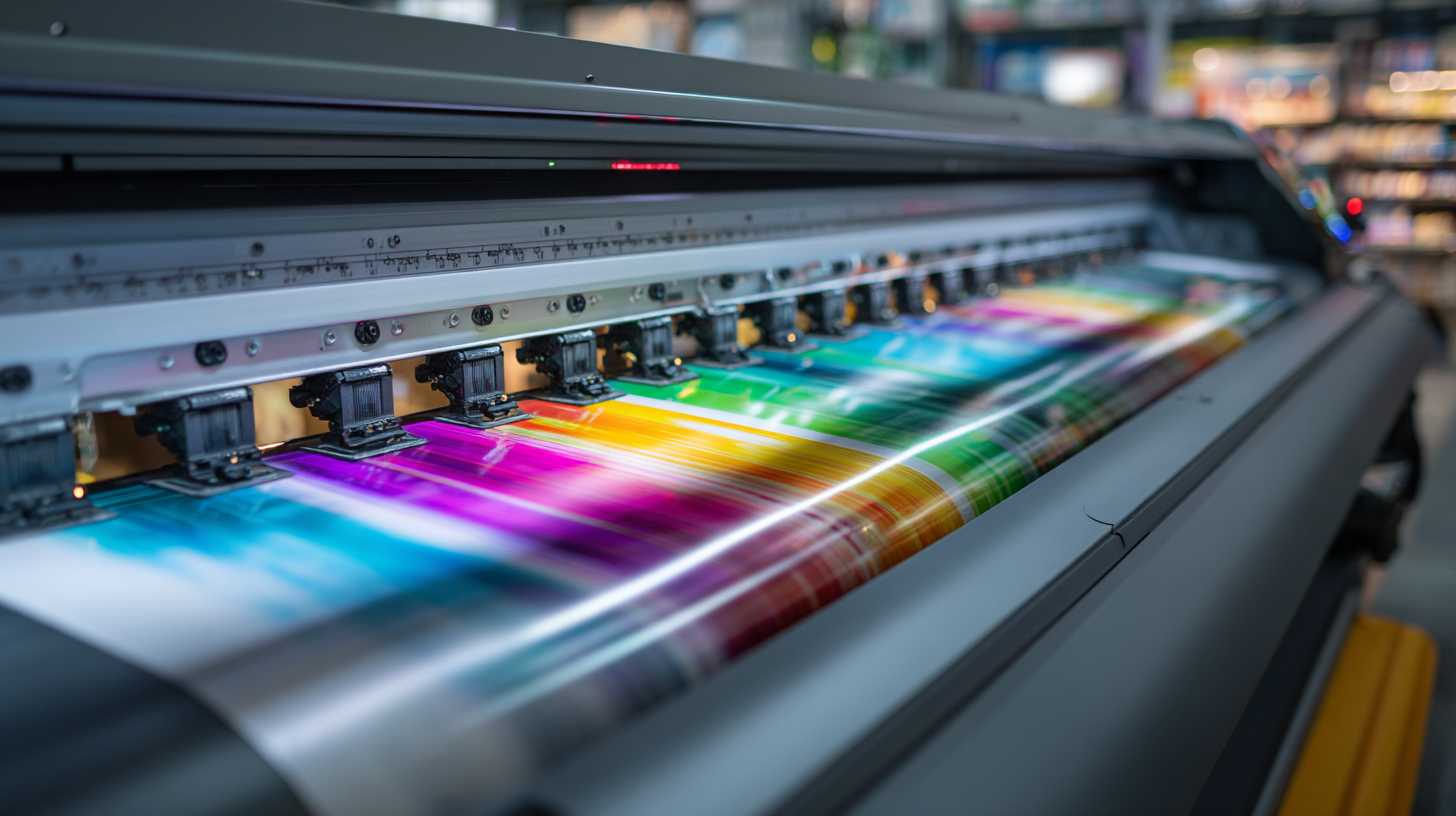 Choosing the right vinyl plotter for your business needs is a crucial step that can significantly impact your productivity and the quality of your output. With a variety of models and features available, it can be overwhelming to determine which vinyl plotter is best suited for your requirements. Whether you are a small business owner looking to expand your design capabilities or an established company aiming to enhance your production line, understanding the different types of vinyl plotters, their functionalities, and their specifications is essential.
Choosing the right vinyl plotter for your business needs is a crucial step that can significantly impact your productivity and the quality of your output. With a variety of models and features available, it can be overwhelming to determine which vinyl plotter is best suited for your requirements. Whether you are a small business owner looking to expand your design capabilities or an established company aiming to enhance your production line, understanding the different types of vinyl plotters, their functionalities, and their specifications is essential.
This article will guide you through the key considerations to keep in mind when selecting a vinyl plotter, ensuring that you make an informed decision that aligns with your business goals and creative projects.
When selecting the right vinyl plotter for your business, understanding your specific needs is crucial. Start by evaluating the scale of your operations. Are you running a small shop, or do you have plans for larger productions? Knowing your anticipated output will help narrow down your options. Larger plotters often come with higher capabilities for speed and material size, which is beneficial for businesses expecting high-volume jobs.
Another essential factor is the types of materials you plan to work with. Not all vinyl plotters are created equal; some excel with thick or textured materials while others are better suited for thin, delicate sheets. Consider the versatility of the plotter and the range of materials it can handle. This will ultimately save you money and time, allowing you to expand your offerings without needing to invest in multiple machines.
Tip: Always check the software compatibility with the vinyl plotter. Modern plotters often come with design software that enhances productivity, so ensure you choose one that fits into your existing workflow seamlessly. Additionally, look for user-friendly features that allow for easy setup and operation, particularly if your staff has varying levels of technical skill.
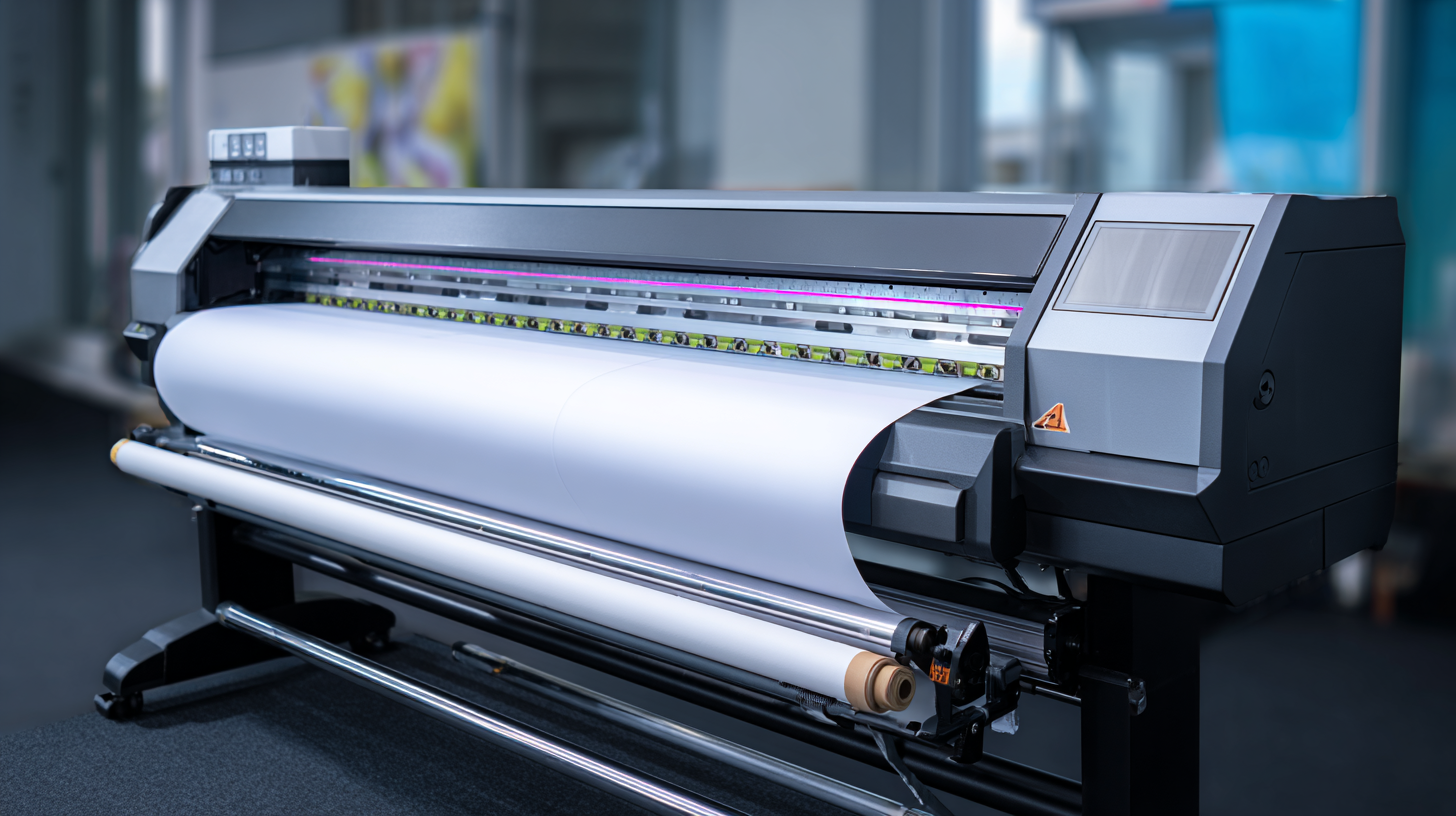 When selecting a vinyl plotter for your business, understanding essential features is crucial to ensure you make an informed decision. One of the most significant aspects to consider is cutting speed and accuracy. According to a report by the Signage Foundation, efficient vinyl plotters can cut at rates up to 1,000 mm/s with a precision of ±0.01 mm, allowing for intricate designs and satisfying customer demands. This high level of performance is particularly beneficial for businesses that require rapid turnaround times without compromising on quality.
When selecting a vinyl plotter for your business, understanding essential features is crucial to ensure you make an informed decision. One of the most significant aspects to consider is cutting speed and accuracy. According to a report by the Signage Foundation, efficient vinyl plotters can cut at rates up to 1,000 mm/s with a precision of ±0.01 mm, allowing for intricate designs and satisfying customer demands. This high level of performance is particularly beneficial for businesses that require rapid turnaround times without compromising on quality.
Another critical feature is the adaptability to different materials. A study from the International Sign Association reveals that businesses that invest in versatile equipment can handle a broader range of projects, increasing their potential market reach. Look for vinyl plotters that can accommodate various substrates, including adhesive vinyl, heat transfer vinyl, and even specialty materials like reflective or fluorescent vinyl. Additionally, the ability to support different software formats can streamline your workflow, further enhancing productivity. By focusing on these features, you can find a vinyl plotter that aligns perfectly with your operational needs.
When selecting a vinyl plotter, understanding the pros and cons of different types can significantly affect your business outcomes. There are three primary types of vinyl plotters on the market: direct vinyl cutters, thermal transfer printers, and inkjet printers.
Direct vinyl cutters are great for precision and speed, making them ideal for simple graphics and decals. However, they may be limited when it comes to intricate designs.
On the other hand, thermal transfer printers offer vibrant colors and the ability to print detailed images, but they often come at a higher cost and can require more maintenance. Inkjet printers provide flexibility and the capability to print on various media, yet they may not deliver the durability that vinyl projects demand over time.
Tips: Before making a purchase, consider your primary business needs, such as the types of projects you plan to take on and your budget constraints. Additionally, it can be beneficial to test different models firsthand if possible, or speak to other businesses to gather insights on their experiences. This will help you make an informed decision that aligns perfectly with your operational goals.
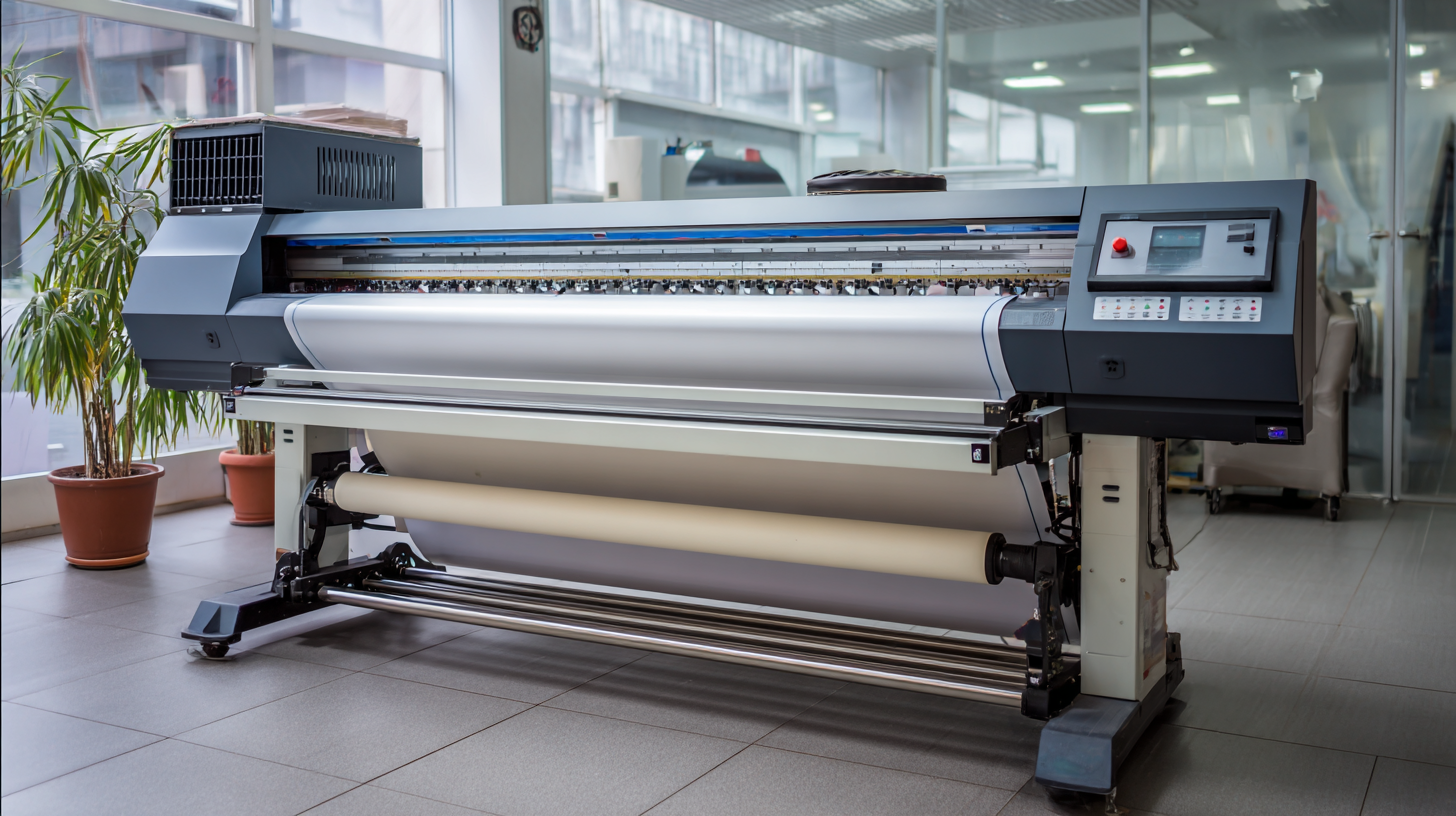
When budgeting for a vinyl plotter, understanding the cost considerations is crucial for making an informed purchase. Vinyl plotters come in a variety of models and price ranges, accommodating different business needs. Factors such as size, features, and brand influence the overall cost, just as they do in other equipment or tools for creative businesses. For instance, larger plotters or those with advanced cutting capabilities tend to command higher prices. It's important to align your budget with the specifications that will best serve your production requirements.
Additionally, businesses should consider the long-term value of their investment. A budget-friendly plotter might initially seem appealing, but it is essential to assess its durability and operational costs down the line. Like finding budget-friendly audio equipment that offers great performance, investing in a quality vinyl plotter that can handle your workload efficiently can be a cost-effective choice in the long run. Explore options that offer the best balance between affordability and functionality to ensure your business thrives without overspending.
When selecting a vinyl plotter for your business, it's essential to consider scalability as a key criterion. According to a recent report by Smithers Pira, the global digital printing market is projected to reach $187 billion by 2025, indicating a substantial demand for customizable signage and branding solutions. A scalable vinyl plotter enables businesses to adapt to this growth by accommodating larger production runs and diversifying product offerings without necessitating immediate capital investment in additional machines.
Moreover, the increasing need for unique designs tailored to specific customer preferences further underscores the importance of choosing a vinyl plotter that can evolve with your business. Industry studies suggest that companies incorporating flexible and scalable technologies can enhance their operational efficiency by up to 30%. Therefore, investing in a vinyl plotter that supports advanced features—like varying cut sizes, multiple material compatibilities, and automated settings—will not only streamline your production processes but also position your business for sustained growth in a competitive marketplace.

